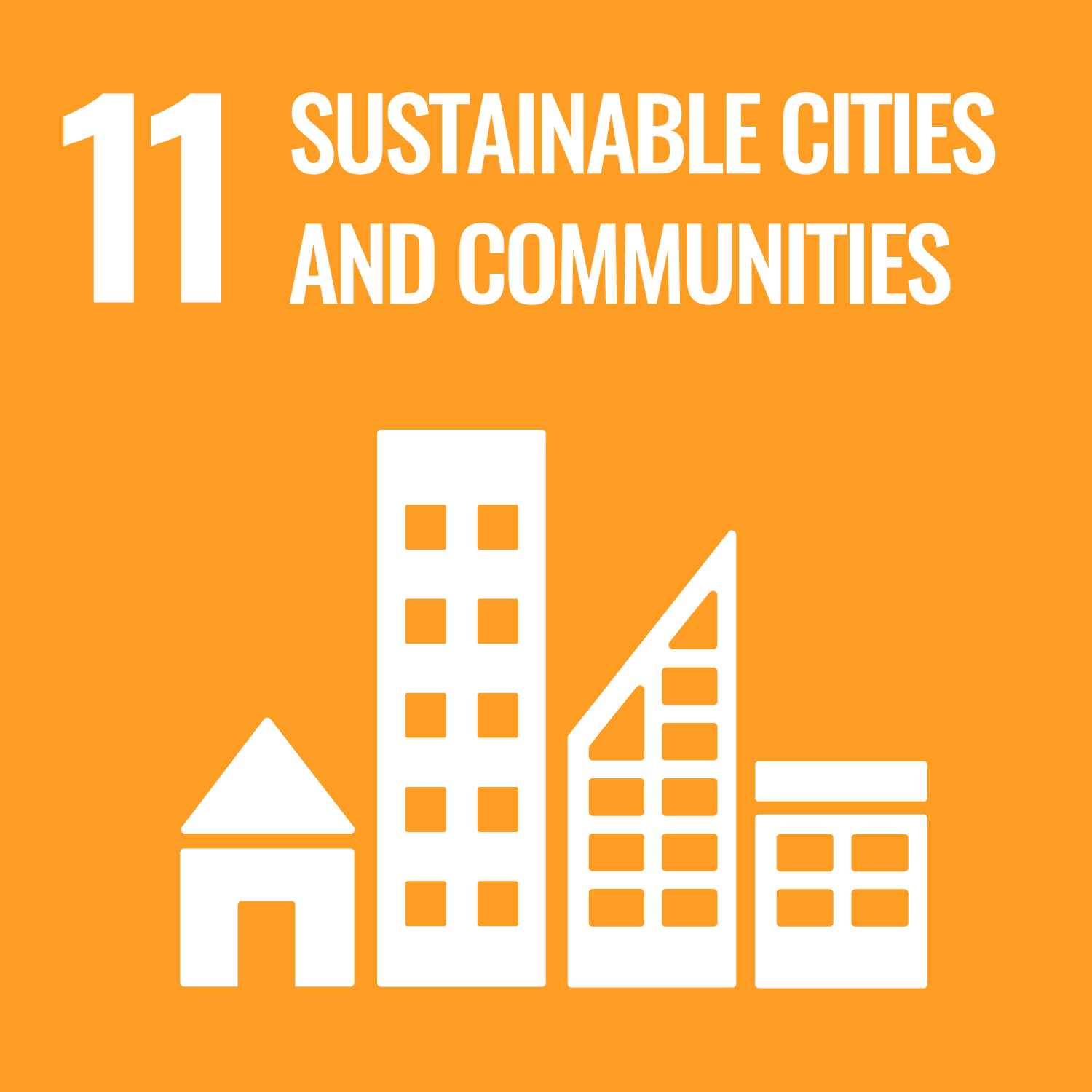This is the latest version of this eprint.
Wilcox, J. orcid.org/0009-0003-0224-7138, Kuria, N., Rutayisire, B. et al. (3 more authors) (2024) Cross-subsidies are a viable option to fund formal pit latrine emptying services: Evidence from Kigali, Rwanda. PLOS ONE, 19 (8). e0307471. ISSN 1932-6203
Abstract
Pit latrines are the most common household sanitation system in East African cities. Urbanisation reduces the space available for new latrines to be constructed when pits fill and they increasingly require emptying. But formal services that empty and transport sludge to safe disposal or treatment are often unaffordable to low-income households. Cross-subsidies have been suggested to fund services for low-income households but there are no academic studies assessing this funding mechanism. This study analyses empirical financial and operational data shared by a formal service provider in Kigali, Rwanda who is establishing a cross-subsidy model between corporate and high-income households, and low-income households in informal settlements. A semi-mechanical method is used to serve households which cannot be accessed from the road by an exhauster truck. We find that mechanical emptying is gross profitable when exhauster trucks are fully used, particularly large volume and corporate customers. Transferring sludge between vehicles for efficient transport reduces average cost. Cross-subsidies are found to be a viable funding method and a ten-fold increase in mechanical emptying by the service provider would generate 466,876 Int$ (2022 international dollars) gross profit to fund a cross-subsidy for all low-income households in Kigali which require semi-mechanical emptying. This study highlights the opportunities that city authorities have to organise funding to cross-subsidise emptying for low-income households. In addition, by using data from operational records rather than self-reported estimates the reliability of cost estimates is in improved. Further research is required to understand customer group size, demand and emptying frequencies to determine the structure of a citywide cross-subsidy.
Metadata
| Item Type: | Article |
|---|---|
| Authors/Creators: |
|
| Editors: |
|
| Copyright, Publisher and Additional Information: | © 2024 Wilcox et al. This is an open access article distributed under the terms of the Creative Commons Attribution License, which permits unrestricted use, distribution, and reproduction in any medium, provided the original author and source are credited. |
| Dates: |
|
| Institution: | The University of Leeds |
| Academic Units: | The University of Leeds > Faculty of Engineering & Physical Sciences (Leeds) > School of Civil Engineering (Leeds) |
| Depositing User: | Symplectic Publications |
| Date Deposited: | 30 Aug 2024 10:41 |
| Last Modified: | 30 Aug 2024 10:42 |
| Status: | Published |
| Publisher: | Public Library of Science (PLoS) |
| Identification Number: | 10.1371/journal.pone.0307471 |
| Related URLs: | |
| Sustainable Development Goals: | |
| Open Archives Initiative ID (OAI ID): | oai:eprints.whiterose.ac.uk:216614 |
Available Versions of this Item
-
Cross-subsidies are a viable option to fund formal pit latrine emptying services. (deposited 31 Jan 2024 13:08)
- Cross-subsidies are a viable option to fund formal pit latrine emptying services: Evidence from Kigali, Rwanda. (deposited 30 Aug 2024 10:41) [Currently Displayed]


 CORE (COnnecting REpositories)
CORE (COnnecting REpositories) CORE (COnnecting REpositories)
CORE (COnnecting REpositories)